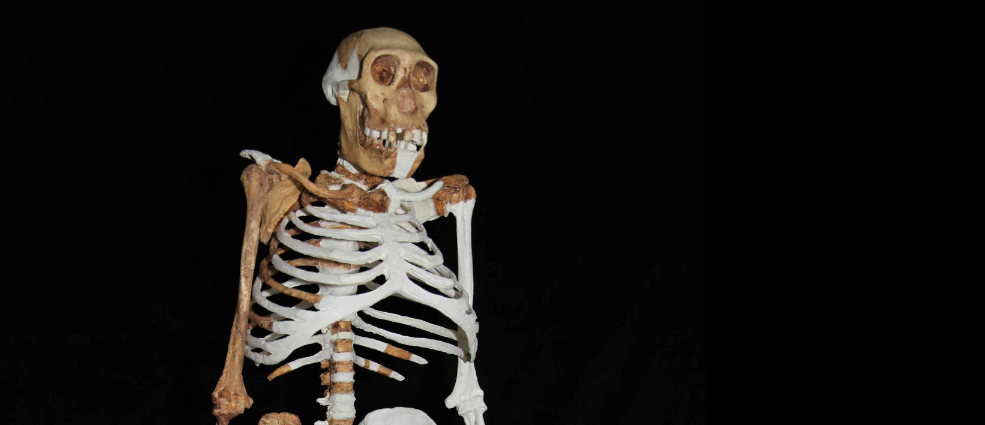New Scientist
Image: Lee Berger
IT’S instantly recognisable – one of the most iconic scientific illustrations of all time. The original version of The March of Progress, drawn for a popular science book in 1965, lined up all the early relatives of humans known at the time in chronological order. The artist, Rudolph Zallinger, sketched them striding purposefully across the page, seemingly becoming more advanced with each step. It gave the impression – despite the book saying otherwise – that human evolution was a linear progression from small-brained tree climbers to bipedal big-brained modern humans.
This much-copied image has been criticised for its oversimplification, but until recently our evolutionary past was not actually thought to be a great deal more complex, give or take the odd dead-end side shoot. Now, however, a string of new fossils are forcing a rethink.
In particular, it looks as if as perhaps six species of human-like apes were around during the crucial period from 2.5 to 1.8 million years ago, when the first upright apes with relatively large brains evolved. What’s more, the East African hominin long seen as our direct ancestor may be just a cousin, with our true roots lying further south. Our family tree may have to be completely redrawn. Read more on newscientist.com…








